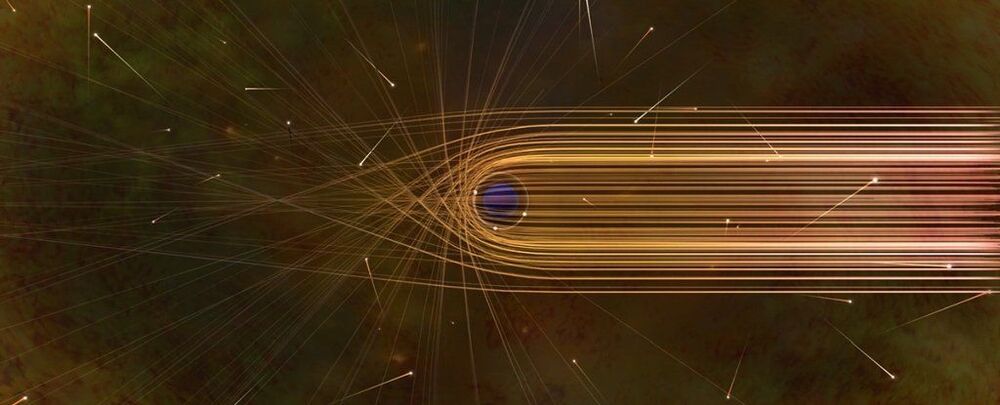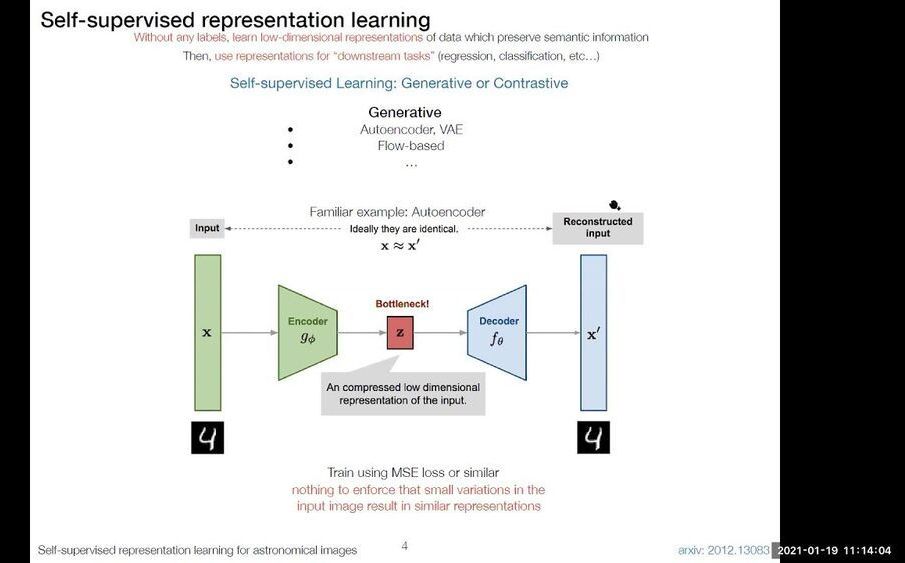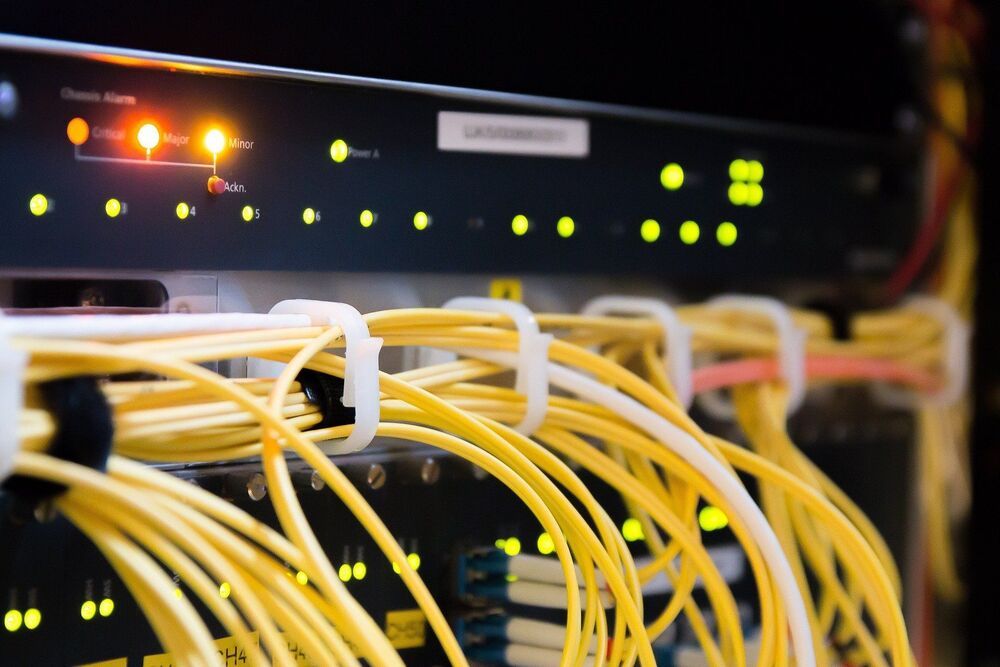Jul 20, 2021
New Protein Folding AI Just Made a ‘Once In a Generation’ Advance in Biology
Posted by Quinn Sena in categories: biological, information science, mapping, particle physics, robotics/AI
The tool next examines how one protein’s amino acids interact with another within the same protein, for example, by examining the distance between two distant building blocks. It’s like looking at your hands and feet fully stretched out, versus in a backbend measuring the distance between those extremities as you “fold” into a yoga pose.
Finally, the third track looks at 3D coordinates of each atom that makes up a protein building block—kind of like mapping the studs on a Lego block—to compile the final 3D structure. The network then bounces back and forth between these tracks, so that one output can update another track.
The end results came close to those of DeepMind’s tool, AlphaFold2, which matched the gold standard of structures obtained from experiments. Although RoseTTAFold wasn’t as accurate as AlphaFold2, it seemingly required much less time and energy. For a simple protein, the algorithm was able to solve the structure using a gaming computer in about 10 minutes.

















